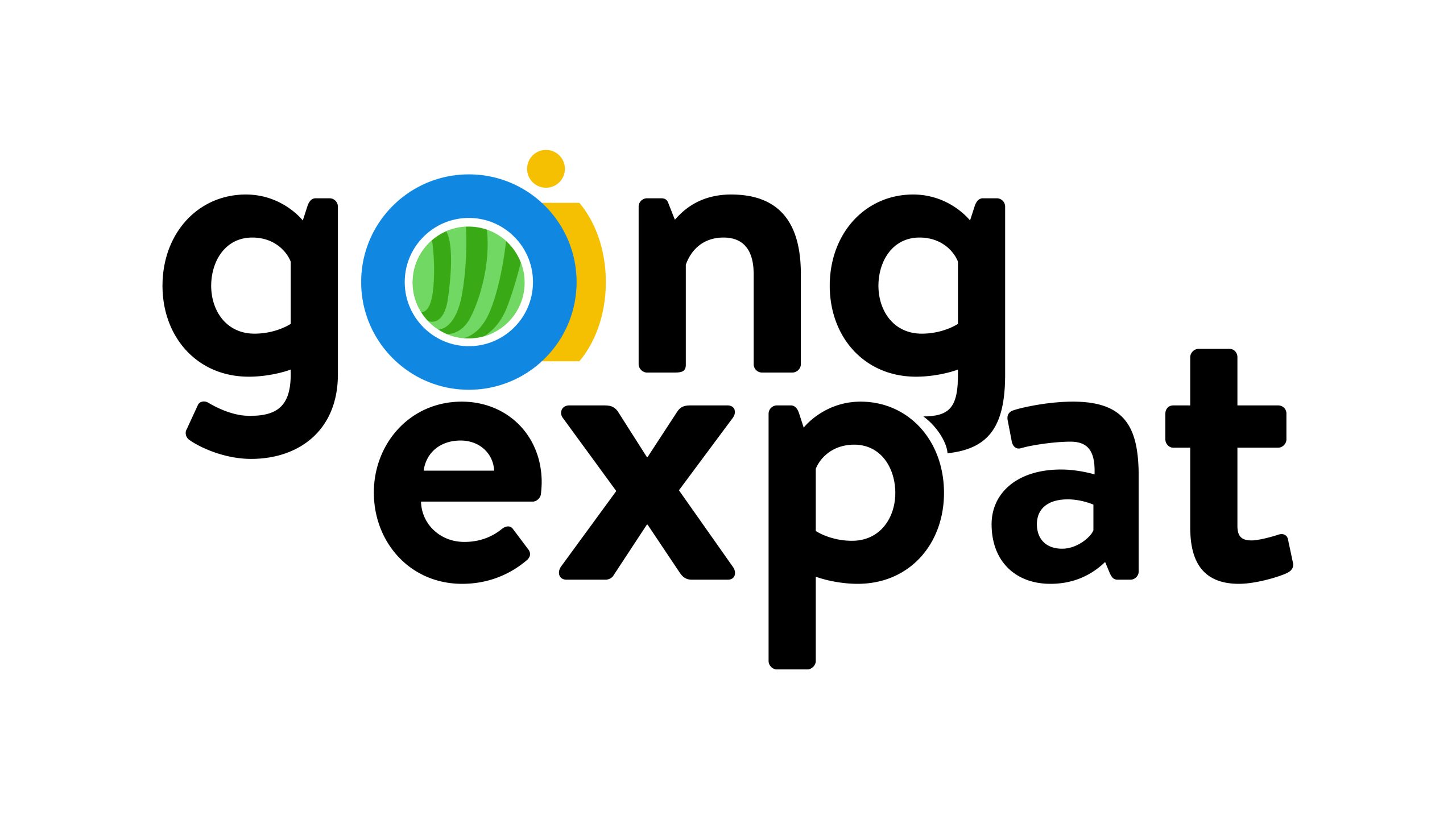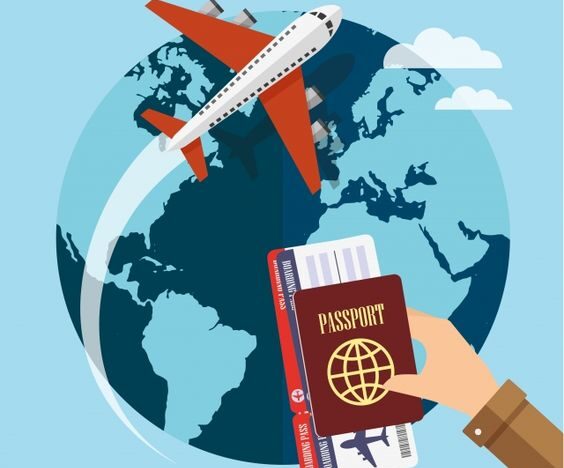This article is also available in: Italiano
Hello Going Expat people,
Today we talk about school and school systems around the world and it’s Norway’s turn.
To do so, as always, I asked for help to those who have direct experience: Giulia, who moved to Norway as a teenager with her family and Cristina who works there at school.
First of all, then, I introduce you to my blog guests:

Giulia moved to Norway with her family at the age of 15. She studied and continues to study there, now at university. You can find it on Instagram as @t.i.n.q, which stands for The Italo-Norwegian Queen , as she playfully defined herself, and it is with this name that you can find her on YouTube where she has built a community of over 16,000 people. Giulia is an old acquaintance of Going Expat, she has already told us about her experience to move to Norway with another article.

Cristina, aka @sa_kuri moved to Norway in 2016 and continued to do the same job as in Italy: the teacher. Specifically, she teaches English, Spanish and Italian to Norwegian students, and Norwegian to Italian students. Her students are both adults who want to learn a new language and children/teen-agers from 10 to 18 yeras old. Cristina has also created a beautiful community of over 9,000 people on YouTube
And now let’s explore the Norwegian school system. Keep in mind that the answers to the questions are a set of information collected from both of them. In some cases it will be more evident the point of view of one or the other person.
How it is organised the school in Norway?
The Norwegian school is organised similar to the English one. School starts at the age of 6, and the lyceum or professional/technical school lasts only 3 years until the age of 18.
Let’s go into detail:
The first school where children are sent, still very young, is called barnehage. Barnehage is the equivalent of the Kindergarten, a nursery and kindergarten union. Children are often not divided by age, but play and learn together in common areas. A peculiarity of barnehage is that children are encouraged to spend as much time as possible outside, despite the harsh climate.
The Norwegians have a saying: «det finnes ikke dårlig vær, bare dårlige klær», which means «there is no bad weather, only inadequate clothes».
Compulsory school is called grunnskole, and is divided into barneskole and ungdomsskole.
The barneskole, which starts at 6 years, is further divided into barnetrinnet (corresponding to classes from 6 to 9 years old children), and mellomtrinnet (corresponding to classes from 10 to 12 years old kids).
Completed the barneskole it is time to access ungdomsskole, which last 3 years. The classes of the ungdomskole are classes 8, 9 and 10 grade. At ungdomsskole the students start thinking about their future and face a path of orientation for the choice of high school.
The high school is called videregående skole, and can last from two to three years, depending on the school path you choose. There is a more similar path to the lyceum and a more professional one with different areas of interest.
Is the school in general private or public?
You can safely choose which school to go to, whether in public or private schools although the latter is strongly discouraged and there are few private schools. Tuition is around €200/300 per month for 5 to 10 grade
Public compulsory education is practically free in Norway. In some schools it is common to pay for canteen service (which practically all students use), but these are small amounts.
School materials, stationery and books are provided free of charge by the school/municipality/library. Parents do not have to face large expenses to have their children educated.
For many children it is common to study away from home already at high school. In this case, too, very little is spent, and often the costs of food and accommodation can be covered by applying for studielån, a student loan that students who meet specific requirements can apply for.
Some university courses last 5 years, others 3 with the possibility of attending 2 years of specialist. There are also Masters and Doctorates or Post Doctorates. The university is also extremely economical.
The tuition for public universities is around 80 euros. Many materials are made available by teachers on the university’s digital platforms. Books can also be borrowed from the library if you do not have the opportunity to purchase them. Food and accommodation remain to be paid, but even in this case you can apply for the student loan, if you meet the requirements.
How do you choose college? Is it a path that you start at school or does everyone eventually choose for themselves?
The university is of course optional and you choose it once you have received your diploma. There is no choice at school level which then precludes 100% admission to university. But let´s say that there are courses in high schools that facilitate the possibility of studying at university and determine in which faculty.
However, in Norway it is very common to continue studying while working. Many adults take a break from work to graduate or acquire some college credit in some subjects. And even as grown up it is very normal to make a change in life, go back to studying and change job!
To enroll in the university everyone chooses for themselves and everything can be done online: just access the website Samordna Opptak, attach the diploma received from the high school in Norway, choose the type of study you want to undertake and the university you want to attend to then apply.
Within a couple of weeks you receive a message, always on the portal Samordna Opptak with the outcome of your application, so whether you have been accepted or not in that specific college.
If instead you have a diploma from another country you must first have it translated into Norwegian by a sworn translator (embassies have many), send it on the Nokut website (which is a site where they will confirm whether the foreign diploma is valid in Norwegian territory or not) and then apply via the Samordna Opptak website to enroll at the Norwegian University.
What are, from your point of view, the advantages of the Norwegian school system?
Giulia: The advantages of the Norwegian school system are many. In Norway they are fair and so everyone has the right to study regardless of the social status, that´s why, is the school to give you, free of charge, all the necessary stationery and even school books to be returned at the end of the year.
In the universities, however, the books are at the expense of the student, but as we have seen the registration costs are minimal and you have the opportunity to receive subsidies.
Break time at school lasts 30 minutes and every hour you have a break of 5/10 minutes. Classes are held from Monday to Friday and on weekends, during summer, Christmas and Easter holidays, no homework is assigned. This is because in Norway holidays must be so for everyone: teachers and students, must have the right to spend time with their family, friends and relatives.
I want to emphasize that my experience is in public schools, so this information is related to that type of institution and not to the private, which could be different.
Cristina: I like the practical approach to teaching. In Italy, where I studied, there still is a very theoretical approach to education.
This is less theory and practice. Each subject /course has the purpose of teaching you to use the information acquired more than that of teaching a lot of theoretical skills little applicable in the world of work.
We end with a couple of questions about the work of the teacher in Norway for those interested in starting or continuing a career in this regard:
Quali sono i requisiti per cominciare in questo settore?
Those who want to become teachers can start their training already from high school. To become a kindergarten teacher you can choose the high school curriculum «Helse- og oppvekstfag» (the same goes for who wants become a nurse). At the university you then choose pedagogy, which is slightly different if you want to teach in kindergarten, or the different school´s grades. The requirement to be certified is precisely to have university credits in pedagogy. You also need credits in your own subject (for example, Norwegian language, mathematics, English language, science, music, etc.).
What about the recruitment process in schools in Norway?
It basically works as per any other job. You find the vacancy ads on major adv sites or directly on school sites. You submit your application with CV and a short cover letter and then if you are selected you participate in the interview. It is exactly the same as being employed in a firm, except that the employer (for public schools) will be the municipality (for kindergartens and schools), or the region (for high schools).
Me, Rossella, I am sure that this article is full of info valid for many of you and I invite you to follow Giulia and Cristina on their accounts to learn more about Norway!
A hug to all and talk to you soon!
Do you want to support the blog and what I do with Going Expat?
Then you can buy me a coffee






